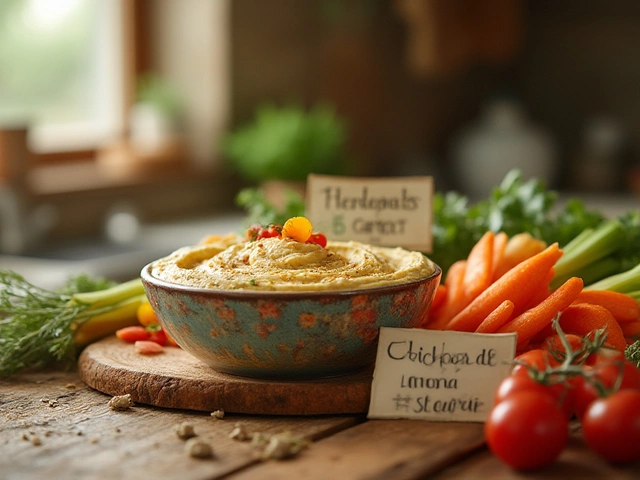Best Fudge: Simple Steps for Smooth, Rich Chocolate Fudge
If you love that thick, glossy bite of chocolate fudge, you’re in the right place. Making fudge sounds fancy, but with a few basics you can get a perfect batch without any fancy equipment. Grab your favorite chocolate, a candy thermometer, and let’s clear up the most common pitfalls.
Pick the Right Ingredients
The foundation of great fudge is quality chocolate. Choose a chocolate with at least 60% cocoa for deep flavor, or go for a milk chocolate if you prefer a sweeter taste. Whole milk or heavy cream adds silkiness, while butter gives a glossy finish. Don’t skip the sugar – granulated white sugar works best because it dissolves cleanly. If you want a salty edge, a pinch of sea salt makes the chocolate pop.
Measure everything accurately. A kitchen scale is worth it; even a small mistake in sugar or butter can turn a smooth batch into a grainy mess. When you’re ready, melt the chocolate, butter, and cream together over low heat. Stir constantly so nothing sticks to the pan.
Control the Temperature
The magic of fudge happens at the “soft‑ball stage,” which is 235‑240°F (112‑115°C). That’s the point where the mixture thickens but still pours easily. Use a candy thermometer and watch the temperature climb. As soon as you hit the range, remove the pan from heat.
Now comes the critical cooling step. Let the mixture sit, undisturbed, until it cools to about 110°F (43°C). This usually takes 10‑15 minutes. While it cools, you can prep a buttered pan or line a tray with parchment paper. When the fudge is at the right temperature, beat it with a wooden spoon or spatula for a minute or two until it loses its shine and thickens.
Once it looks thick and glossy, spoon it into the prepared pan. Smooth the top with a spatula, then let it set at room temperature for a few hours. Cutting with a warm knife gives clean squares.
Troubleshoot Common Problems
Grainy fudge? That means the sugar crystallized too early. Heat the mixture gently and avoid stirring once the sugar dissolves. If it stays too soft, you probably didn’t reach the soft‑ball stage – double‑check your thermometer.
Dry or crumbly fudge can happen if you over‑cook it past the soft‑ball stage. The mixture will become too firm and won’t set properly. If that happens, add a splash of milk and reheat gently, then try again.
For a flavor boost, stir in vanilla extract, toasted nuts, or a swirl of caramel right after beating. These additions don’t affect texture, but they make each bite more interesting.
Now you have everything you need to whip up the best fudge. Test the process a couple of times, note any tweaks, and soon you’ll be serving glossy, melt‑in‑your‑mouth squares that impress anyone who tries them.






